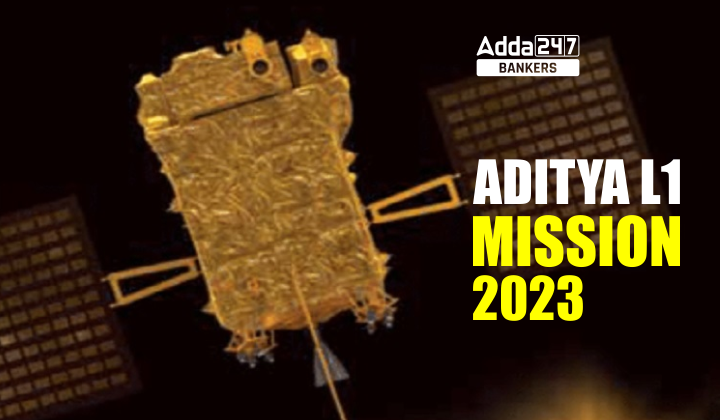Table of Contents
Aditya L1
India, a country with an impressive track record in space exploration, has embarked on a pioneering journey to understand our nearest star – the Sun. Titled Aditya L1, this is India’s first space-based mission focusing exclusively on the Sun, promising to bring to light new dimensions about solar phenomena and its profound impact on space weather.
Aditya L1 Budget
The Aditya L1 initiative is a significant undertaking by the Indian Space Research Organisation (ISRO) focused on studying the Sun’s corona, its outermost atmospheric layer. With a budget allocation of around 400 Crore (approximately US$50 million), as reported by the India Times and the Hindustan Times, the funds are earmarked for the design, development, launch, and operation of the spacecraft, as well as for procuring the necessary instruments and equipment to research the Sun’s corona.
While the budget for the Aditya L1 project is substantial, it reflects the intricacy and magnitude of such an endeavor. This mission is not just about deepening India’s understanding of the Sun and its effects on Earth, but it also underscores India’s commitment to contributing to the global scientific community’s collective knowledge.
Aditya L1 Solar Mission
Aditya L1 is slated for launch aboard the PSLV-XL launch vehicle. But the mission isn’t limited to just orbiting the Earth and studying the Sun from here. Instead, the spacecraft is designed to be placed in a halo orbit around the Lagrange point 1 (L1) of the Sun-Earth system, which is located approximately 1.5 million km from Earth.
Beyond the primary purpose of studying the Sun, Aditya L1’s mission objectives are expansive. The mission aims to decode the drivers for space weather, delving into the origin, composition, and dynamics of the solar wind. Additionally, the mission is set to unravel the sequence of processes spanning multiple layers of the Sun, from the chromosphere to the base and extended corona, which cumulatively lead to solar eruptive events.
Aditya L1 Launch Date and Time
As per the revealed information by the ISRO, the launch date of the Aditya L1 mission is set for 2nd September 2023. Its positioning at the L1 orbit grants the spacecraft an uninterrupted view of both the Sun and Earth, delivering intricate observations of solar activities like the corona, solar flares, and other evolving processes. By capturing sharp images and collecting data across both visible and ultraviolet spectrums, the mission aims to deepen our understanding of the Sun’s influence and its contribution to space weather dynamics.
The Advantage of the L1 Point For Mission
The selection of the L1 point as the spacecraft’s destination is not arbitrary. A satellite positioned in a halo orbit around the L1 point is bestowed with a unique advantage: it can continuously observe the Sun without any interference from eclipses or occultations. This uninterrupted view paves the way for real-time observation of solar activities and thereby gaining insights into space weather dynamics.
Aditya L1 Payloads and Observations
Aditya L1 is armed with seven distinct payloads. These instruments have been meticulously chosen to observe various aspects of the Sun – from its photosphere and chromosphere to the enigmatic outermost layers, known as the corona. The tools onboard will harness electromagnetic, particle, and magnetic field detectors to extract detailed data.
From the vantage position of the L1 point, four of these payloads will have a direct line of sight to the Sun. The remaining three payloads will perform in-situ studies of particles and fields right at the L1 point. These measurements will furnish invaluable data on how solar dynamics propagate through the interplanetary medium.





 GA Capsule for SBI Clerk Mains 2025, Dow...
GA Capsule for SBI Clerk Mains 2025, Dow...
 The Hindu Review October 2022: Download ...
The Hindu Review October 2022: Download ...
 SBI PO Mains Exam Date 2025 Out, Check M...
SBI PO Mains Exam Date 2025 Out, Check M...





